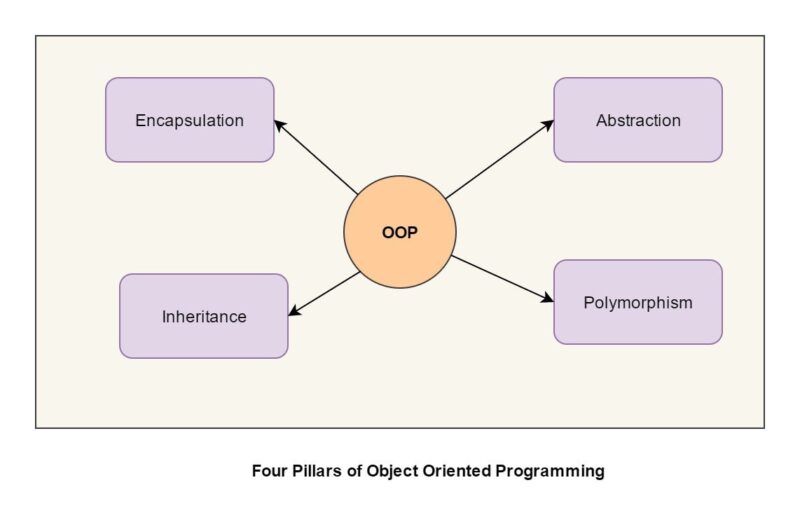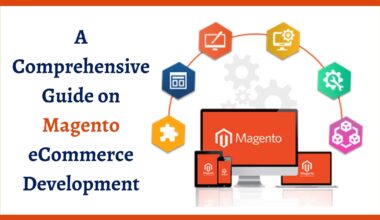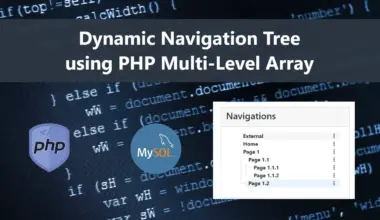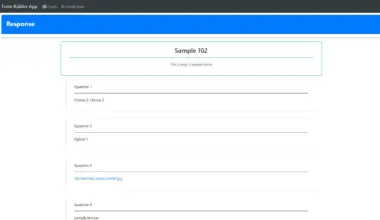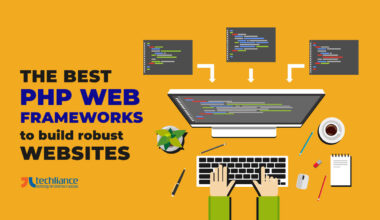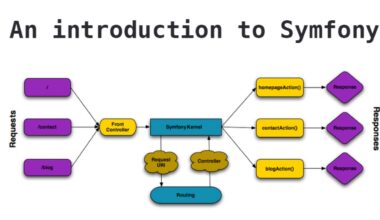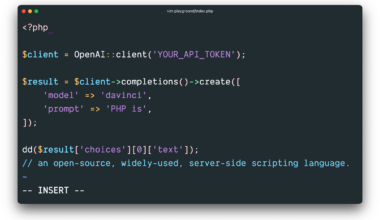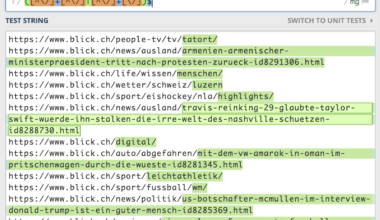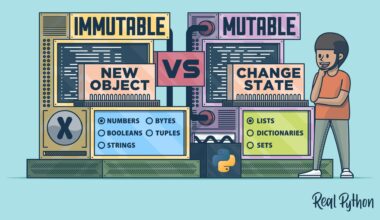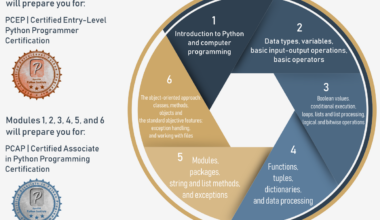Introduction to Object-Oriented PHP
As a developer, you might have heard the term “Object-Oriented Programming” (OOP) many times. It’s a programming paradigm that focuses on creating reusable code by organizing it into objects that interact with each other.
PHP, being one of the most popular server-side programming languages, also supports OOP. Object-Oriented PHP is a way of writing PHP code in an object-oriented way. It allows developers to create classes, objects, and methods to make their code more organized, modular, and reusable.
If you’re new to OOP in PHP, don’t worry. In this article, we’ll cover the fundamentals of Object-Oriented PHP, including defining classes and objects, inheritance, polymorphism, encapsulation, and abstraction.
To start with Object-Oriented PHP, you should have a basic understanding of PHP syntax and programming concepts. If you’re not familiar with PHP, you can check out the official
PHP documentation
or take an online PHP course.
Once you have a basic understanding of PHP, you can start learning Object-Oriented PHP. In the next section, we’ll cover how to define classes and objects in PHP.
Defining Classes and Objects
In Object-Oriented PHP, a class is a blueprint for creating objects that share similar properties and methods. To define a class in PHP, use the keyword “class” followed by the class name, like this:
class MyClass {
// properties and methods go here
}
In the above example, “MyClass” is the name of the class. You can name your class whatever you like, but it’s recommended to use CamelCase notation, which means starting each word with a capital letter.
Once you’ve defined a class, you can create an object of that class using the “new” keyword, like this:
$object = new MyClass();
In this example, “$object” is an instance of the “MyClass” class. You can create as many objects of a class as you need.
Inside a class, you can define properties and methods. Properties are variables that hold data, while methods are functions that perform actions. Here’s an example:
class MyClass {
// define a property
public $myProperty = 'Hello World';
// define a method
public function myMethod() {
echo $this->myProperty;
}
}
$object = new MyClass();
$object->myMethod(); // output: Hello World
In this example, “myProperty” is a public property of the “MyClass” class, which means that it can be accessed from outside the class. “myMethod” is a public method of the class, which accesses the “myProperty” property using the “$this” keyword.
You can also define private and protected properties and methods, which can only be accessed from within the class or its subclasses. Private properties and methods are denoted by the “private” keyword, while protected properties and methods are denoted by the “protected” keyword.
Defining classes and objects is the foundation of Object-Oriented PHP. In the next section, we’ll cover inheritance and polymorphism, which allow you to reuse code and create more complex class hierarchies.
Inheritance and Polymorphism
Inheritance is one of the fundamental concepts of Object-Oriented Programming, and PHP supports it. Inheritance allows you to create a new class from an existing class, which is called the parent or base class. The new class is called the child or derived class.
To create a child class in PHP, use the “extends” keyword followed by the name of the parent class, like this:
class ChildClass extends ParentClass {
// properties and methods go here
}
In the above example, “ChildClass” is the name of the child class, and “ParentClass” is the name of the parent class.
The child class inherits all the properties and methods of the parent class, which means that you can reuse code without having to rewrite it. You can also add new properties and methods to the child class, or override the properties and methods of the parent class.
Here’s an example:
class Animal {
public $name;
public $color;
public function __construct($name, $color) {
$this->name = $name;
$this->color = $color;
}
public function makeSound() {
return 'Animal sound';
}
}
class Dog extends Animal {
public function makeSound() {
return 'Bark';
}
}
$animal = new Animal('Lion', 'Yellow');
echo $animal->makeSound(); // output: Animal sound
$dog = new Dog('Poodle', 'White');
echo $dog->makeSound(); // output: Bark
In this example, we have defined two classes. The “Animal” class has two properties and a method. The “Dog” class extends the “Animal” class and overrides the “makeSound” method. When we create an object of the “Animal” class and call the “makeSound” method, it returns “Animal sound”. When we create an object of the “Dog” class and call the “makeSound” method, it returns “Bark”.
Polymorphism is closely related to inheritance. Polymorphism allows you to use a child class object where a parent class object is expected. This means that you can write code that works with different types of objects without having to know their specific types.
Here’s an example of polymorphism:
Encapsulation and Abstraction
Encapsulation and abstraction are two important concepts in Object-Oriented PHP that help developers write better code. Encapsulation refers to the practice of hiding the internal details of an object from the outside world, while abstraction refers to the practice of highlighting only the necessary details of an object and hiding the rest.
Encapsulation is achieved in PHP by using access modifiers, which are keywords that specify the visibility of properties and methods. There are three access modifiers in PHP: public, private, and protected.
Public properties and methods can be accessed from anywhere, both inside and outside the class. Private properties and methods can only be accessed from within the class, while protected properties and methods can be accessed from within the class and its subclasses.
Here’s an example of encapsulation:
class Person {
private $name;
private $age;
public function __construct($name, $age) {
$this->name = $name;
$this->age = $age;
}
public function getName() {
return $this->name;
}
public function getAge() {
return $this->age;
}
}
$person = new Person('John Doe', 30);
echo $person->getName(); // output: John Doe
echo $person->getAge(); // output: 30
In this example, we have defined a class called “Person” with two private properties: “name” and “age”. We have also defined two public methods: “getName” and “getAge”, which return the values of the private properties. By making the properties private, we have encapsulated the internal details of the object and prevented them from being accessed directly from outside the class.
Abstraction is achieved in PHP by using abstract classes and interfaces. Abstract classes are classes that cannot be instantiated and can only be used as a base class for other classes. Abstract classes can define abstract methods, which are methods that have no implementation and must be implemented by the child classes.
Interfaces are similar to abstract classes, but they define only method signatures without implementing them. Classes that implement an interface must implement all the methods defined in the interface.
Here’s an example of abstraction:
abstract class Shape {
abstract public function getArea();
}
class Rectangle extends Shape {
private $width;
private $
Final Thought
Object-Oriented PHP is a powerful programming paradigm that allows developers to write organized, modular, and reusable code. By using classes, objects, inheritance, polymorphism, encapsulation, and abstraction, developers can create complex applications with ease.
However, mastering Object-Oriented PHP takes time and practice. It’s essential to understand the syntax and concepts of PHP before diving into Object-Oriented PHP. Once you have a solid understanding of PHP, you can start learning Object-Oriented PHP by defining classes and objects, using inheritance and polymorphism, and encapsulating and abstracting your code.
To become proficient in Object-Oriented PHP, it’s recommended to practice writing code, read documentation, and learn from other developers. There are many resources available online, such as PHP forums, blogs, and online courses, that can help you improve your Object-Oriented PHP skills.
In conclusion, Object-Oriented PHP is a powerful tool for developers to write efficient and maintainable code. By using the fundamental concepts of Object-Oriented PHP, you can create complex applications with ease. With practice and persistence, you can become an expert in Object-Oriented PHP and take your programming skills to the next level.
